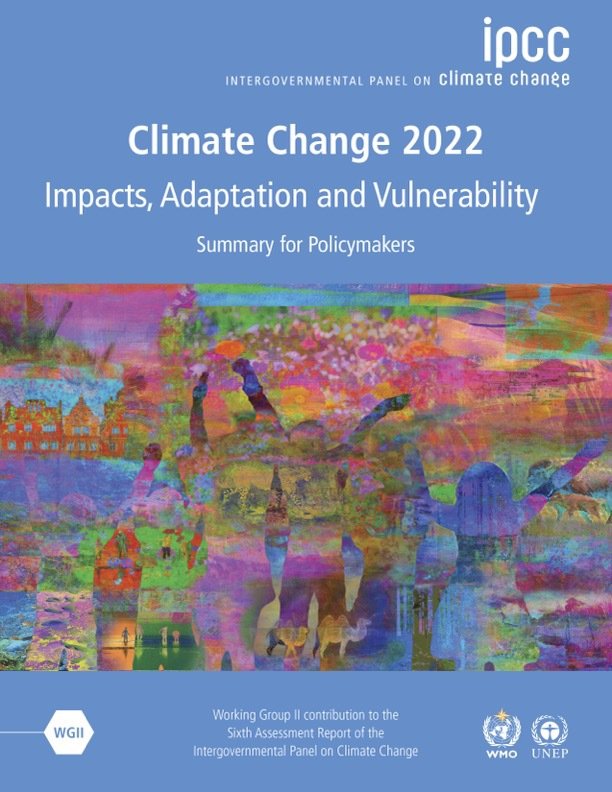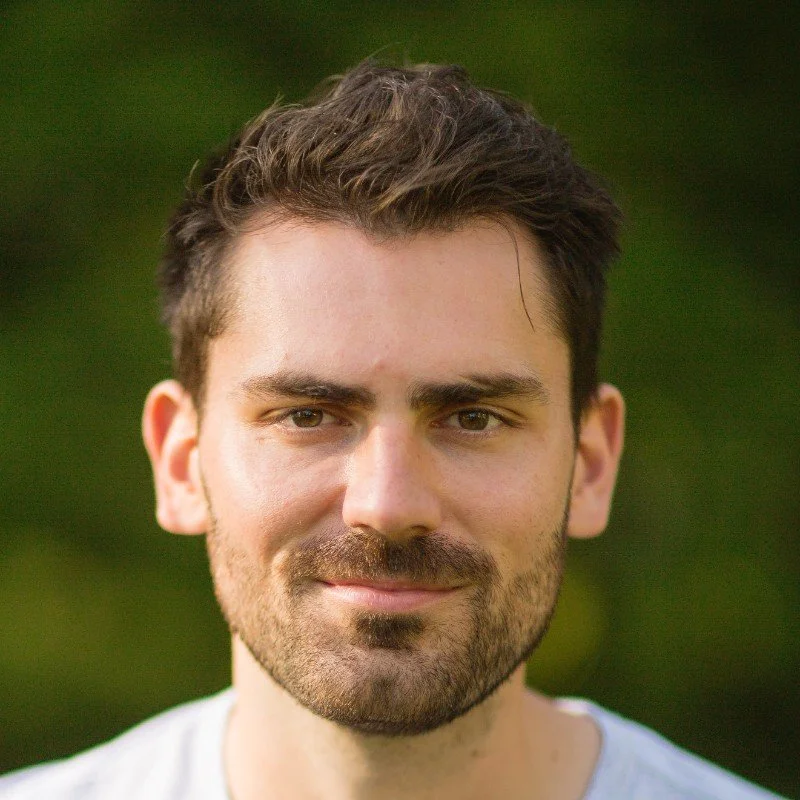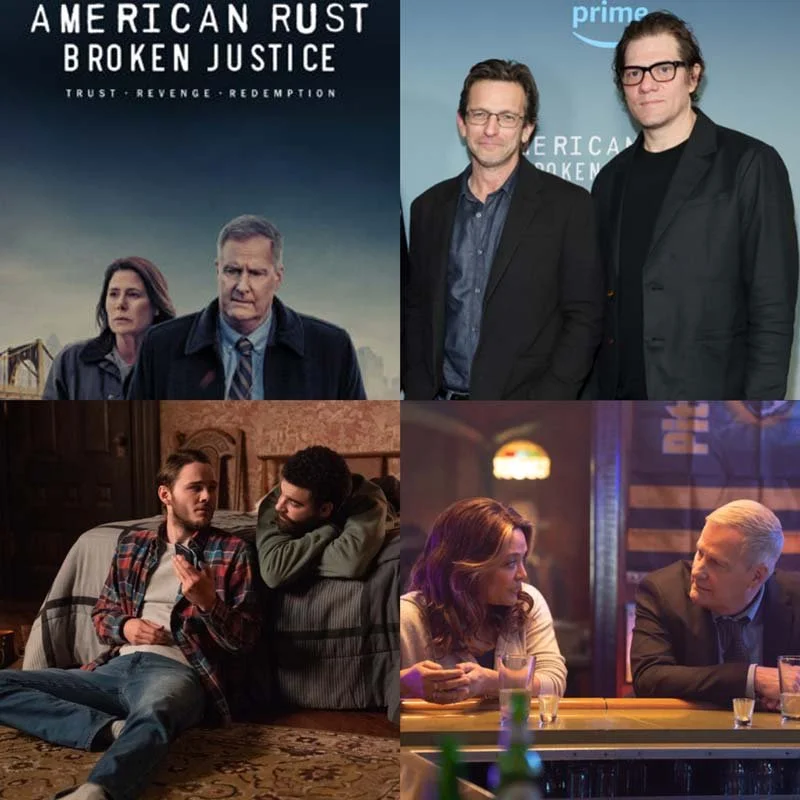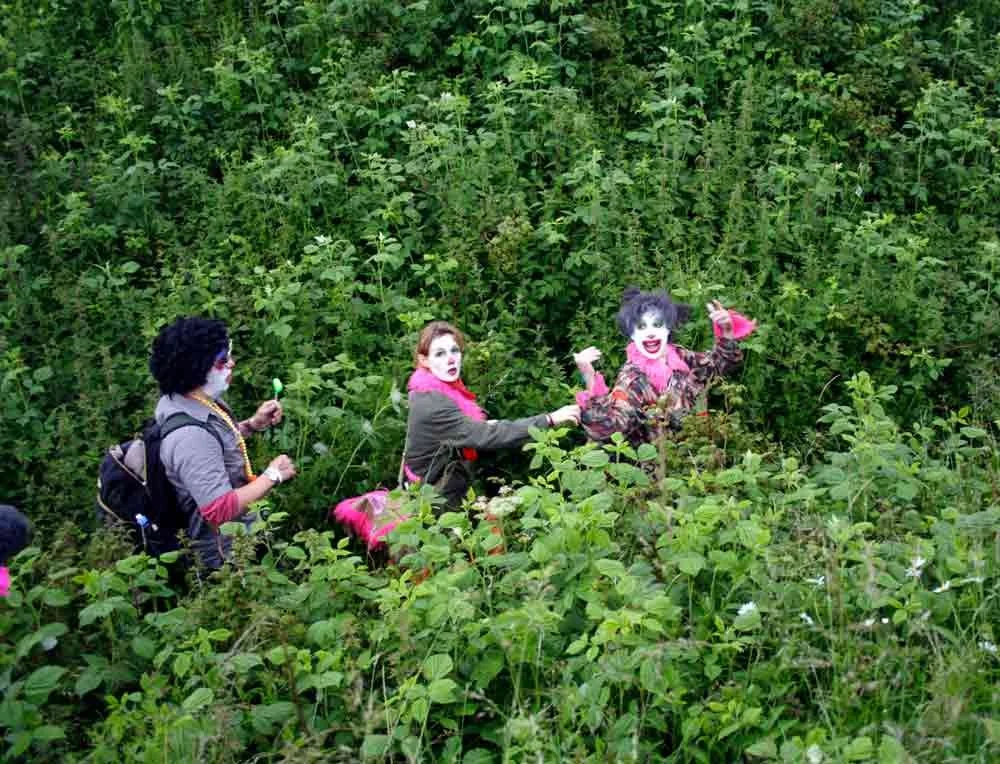Dr. Charles D. Koven is an Earth System Scientist, working in the Climate Sciences Department at the Lawrence Berkeley National Laboratory. He investigates feedbacks between climate and the carbon cycle. Dr. Koven’s primary research focus is on high-latitude feedbacks to climate change, and in particular the role of soil carbon in permafrost soils, and its response to changing climate. Dr. Koven is a lead author on the IPCC report as part of Working Group I, The Physical Science Basis of Climate Change.
CHARLES D. KOVEN
Looking into the future, as a scientist, what I've learned how to do is hold multiple futures in my head at the same time because we just don't know. We don't know what the future holds. We need to fight for the futures that we want, and against the futures that we don't want. All I can really say is that it's up to us. It's up to us to fight and advocate for the future we want, and what does that look like, and how do we get there?
*
The IPCC Report is structured into three big sections. The first section is on the science of climate change - the physical science, the carbon cycle. Basically, what are the causes of climate change? What can we expect in the future if we follow different pathways of emissions, in terms of the effects on the climate system, on precipitation, on global warming, on loss of ice in the cryosphere, on the oceans, ocean acidification... all these aspects of the physical science. That's the part that I worked on.
*
The biggest challenge we have for the first half of this century is how do we reduce our CO2 emissions and get them as close to zero as possible. And the challenge for the second half of the century is how do we remove CO2 from the atmosphere at scale and start to restore the climate system to some semblance of what it had been like before.
How do we actually get deployment of clean technologies everywhere around the world with the urgency that's needed, at the scale that's needed is an incredibly daunting challenge. We do have a lot of the technologies. We haven't deployed them as fast as we would hope, but that seems to be changing. Solar is the fastest growing energy source in the world right now. We are starting to see movement in terms of the replacement of our light duty passenger vehicle transport system away from gasoline-powered cars and towards electric cars. So we're starting to see important movements happening.
*
Cities are acting, local governments are acting, nations are acting, at all levels. The technologies for renewable energy, for energy storage, are increasing really rapidly. At the same time, we're starting to see what the pathway might actually look like to strongly mitigate climate change.
Some of the recent work that I've been doing has been to really start thinking about what happens after 2100? After 2100, the world could be one in which we're still emitting huge amounts of carbon. It's certainly possible. Or it could be one in which we have mitigated very strongly and are now getting to the point of removing CO2 from the atmosphere. We want to know what the world is going to look like in all these different scenarios so that we can try to aim ourselves and guide ourselves towards the future that we want to have, and that we want our kids and their kids to have.
This interview was conducted by Mia Funk and Eveline Mol with the participation of collaborating universities and students. Associate Interviews Producer on this podcast was Eveline Mol. Digital Media Coordinators are Jacob A. Preisler and Megan Hegenbarth.
Mia Funk is an artist, interviewer and founder of The Creative Process & One Planet Podcast (Conversations about Climate Change & Environmental Solutions).




















































